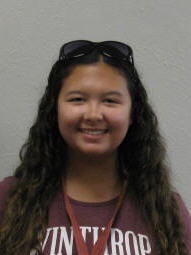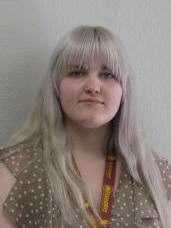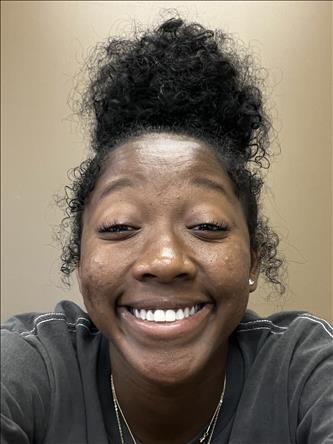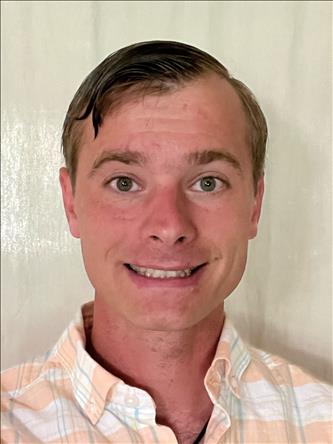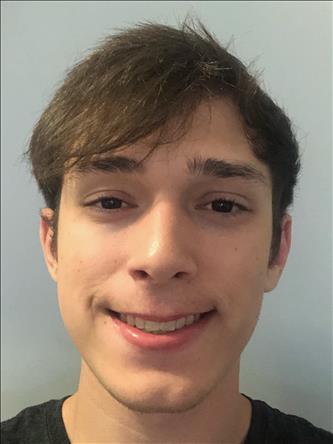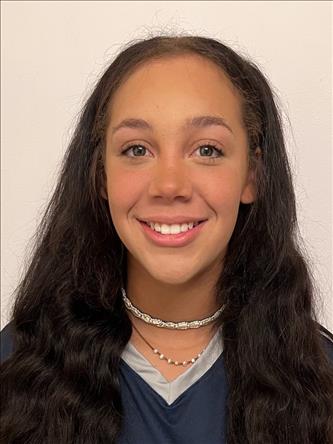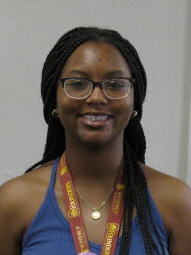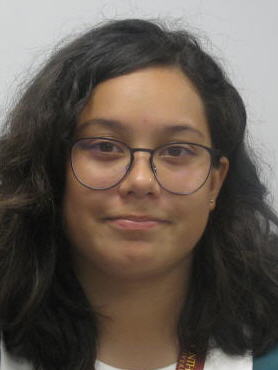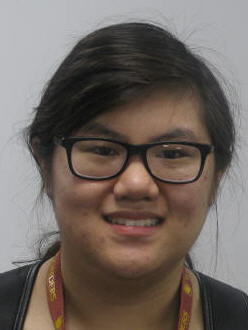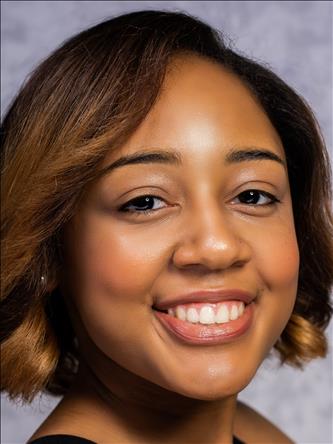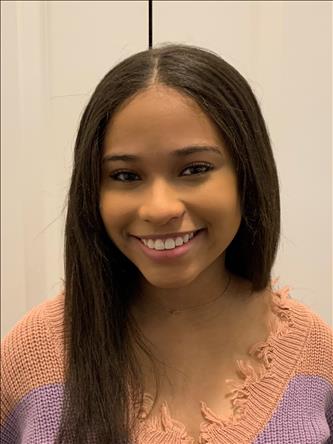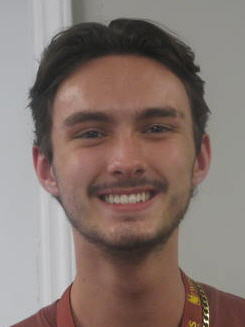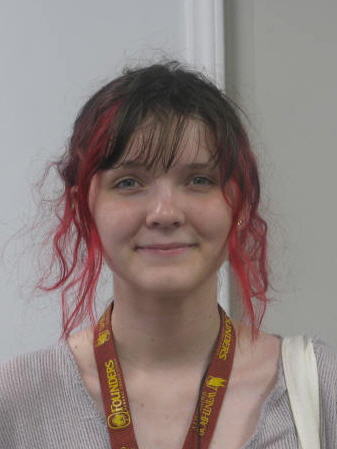Below is a summary of the abstract you submitted. Presenting author(s) is shown in bold.
If any changes need to be made, you can modify the abstract or change the authors.
You can also download a .docx version of this abstract.
If there are any problems, please email Dan at dar78@pitt.edu and he'll take care of them!
This abstract was last modified on March 13, 2023 at 11:37 a.m..
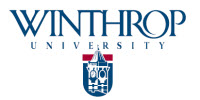
The SEA program at Winthrop University began last year with the discovery and initial characterization of bacteriophages found in our campus soil. Each freshman student isolated and characterized a soil-found bacteriophage using host bacteria Mycobacterium smegmatis mc2155. Bacteriophages were purified and amplified to provide high titer lysates for genomic DNA extraction. Purified phage DNA was then characterized using molecular and microscopic techniques. Transmission electron microscopy (TEM), revealed that 12 of the phages had a Siphoviridae morphology, while one displayed a Myoviridae morphology (Jinnie). Unique restriction fragment banding patterns were used to determine which phage DNA samples should be sequenced. Bacteriophages Ashballer (52,231 bp) and Bombitas (110,129 bp) were consequently determined to be in sub-clusters A1 and cluster J, respectively. DNA Master, used for initial manual annotation of Ashballer, provided putative start site locations of open reading frames as well as statistics associated with the ribosomal binding assessment for these starts. Evaluating whether the open reading frames have biological functions was based on homology comparisons at the protein level with HHPred, NCBI’s BLASTp, and Phamerator. Bombitas was annotated using PECAAN, a software program which auto-implements all of the above described evidence. Both phages showed synteny (shared genes in similar locations and relative position on their genomes) with other phages in their clusters. Mosaicism, due to recombination events, sequence loss and gain, was also evident. 61% of Ashballer’s rightward-transcribed genes have predicted functions, while only 17% of the leftwards-transcribed genes do. Annotation of Bombitas displayed a similar trend. It is noticeable that a higher percentage of rightward-transcribed genes often code for structural proteins in phages genomes. Determining the putative function of each phage gene can provide further insight into possible interactions with host bacteria. The third component of the SEA-program is SEA-GENES. This next step will help characterize those genes with putative functions as well as those where homology comparisons provided no evidence of function.

